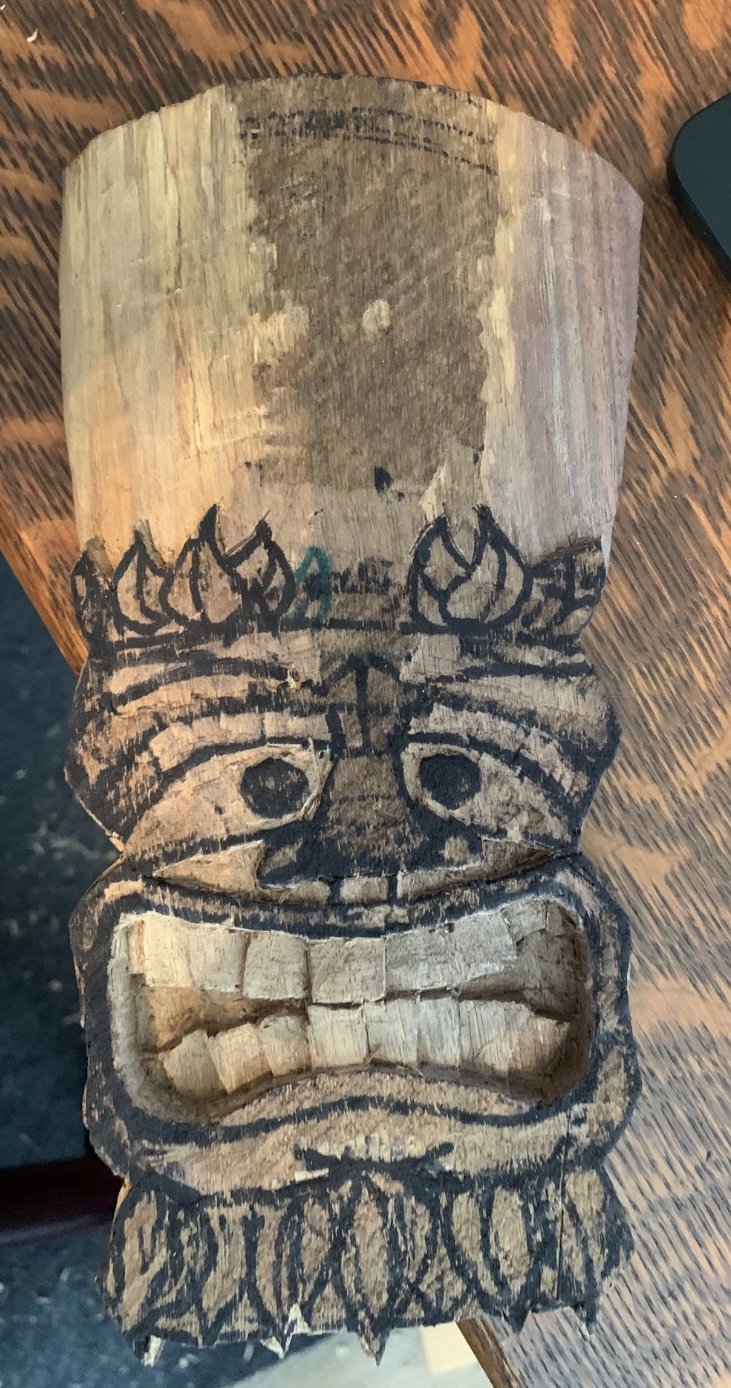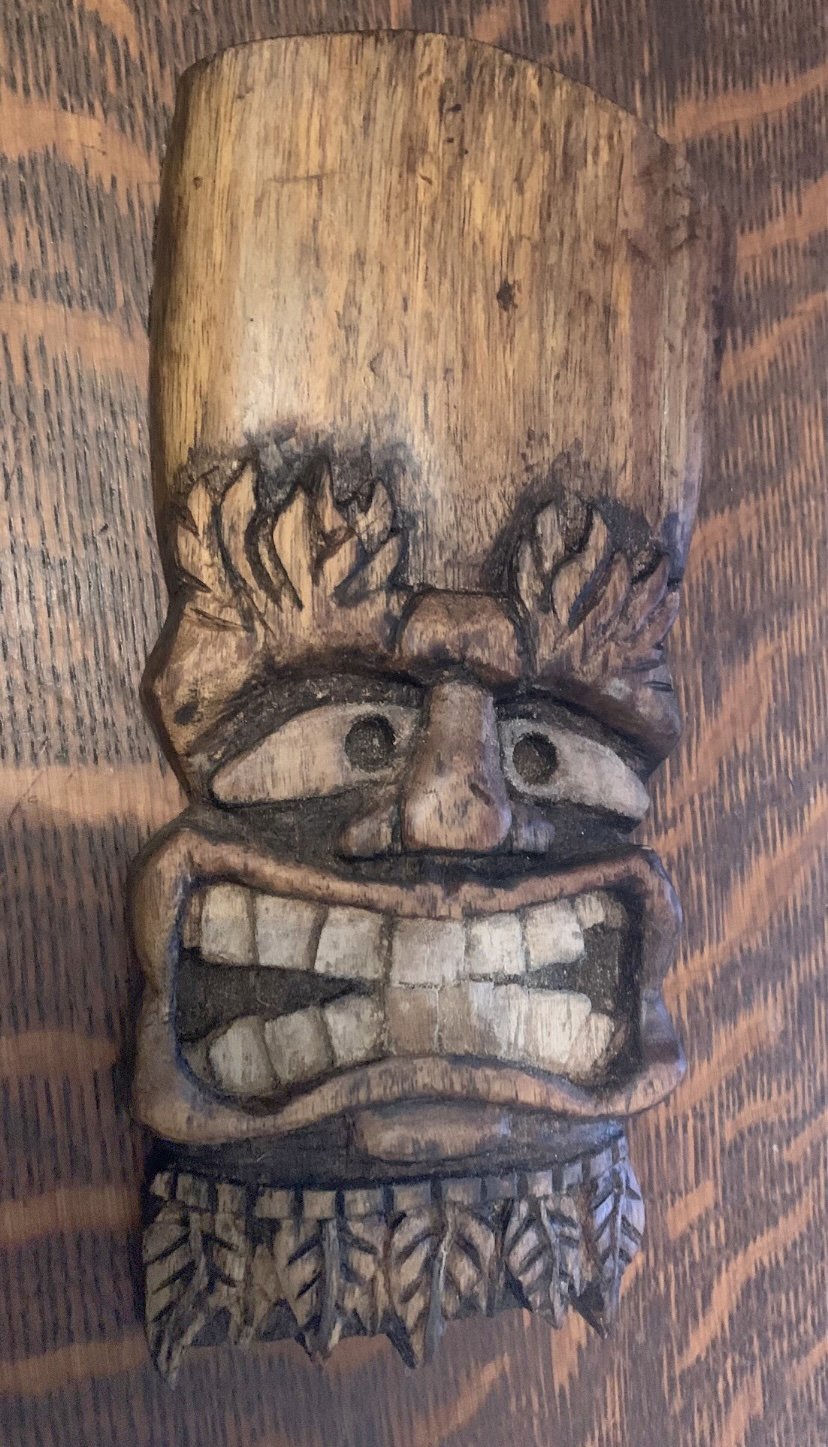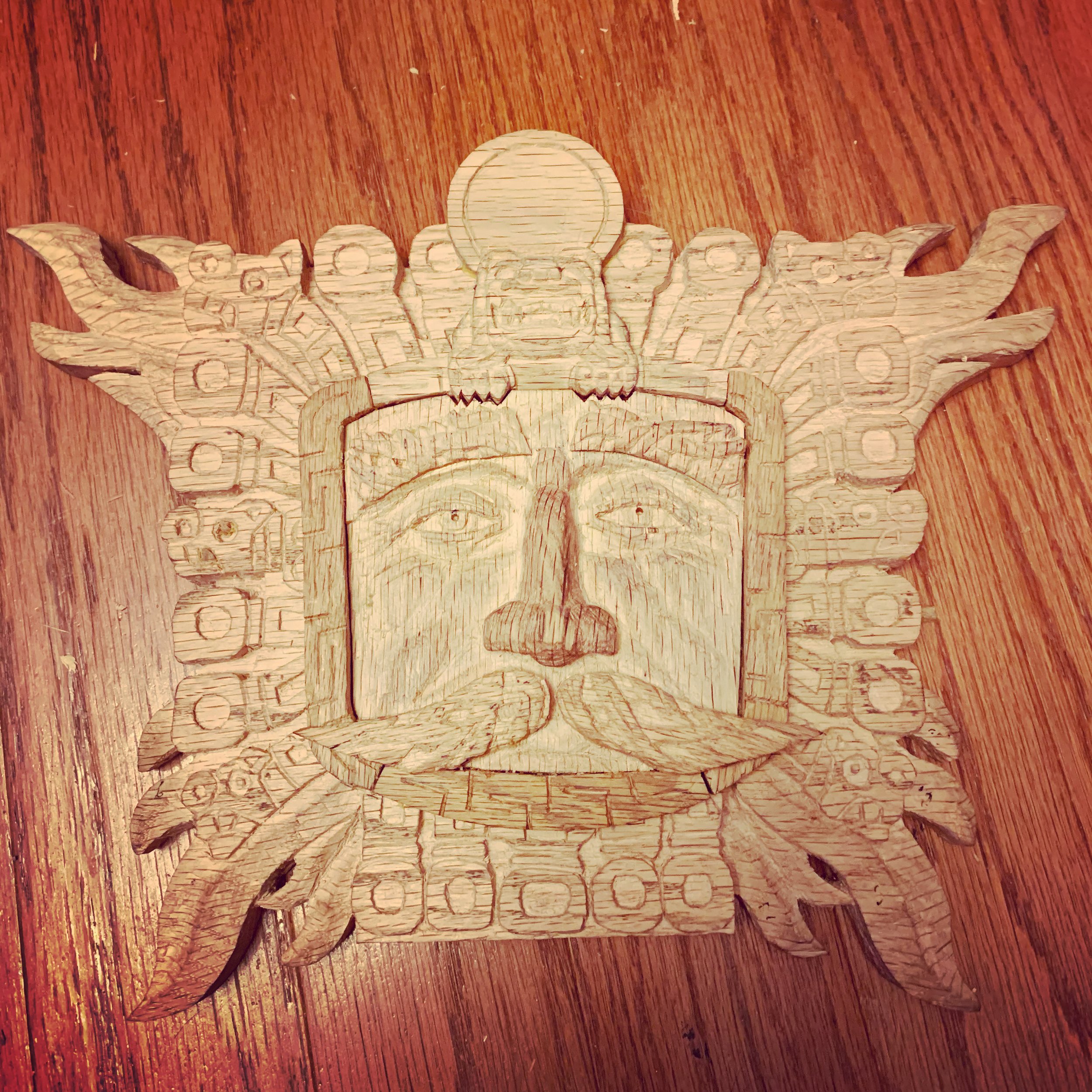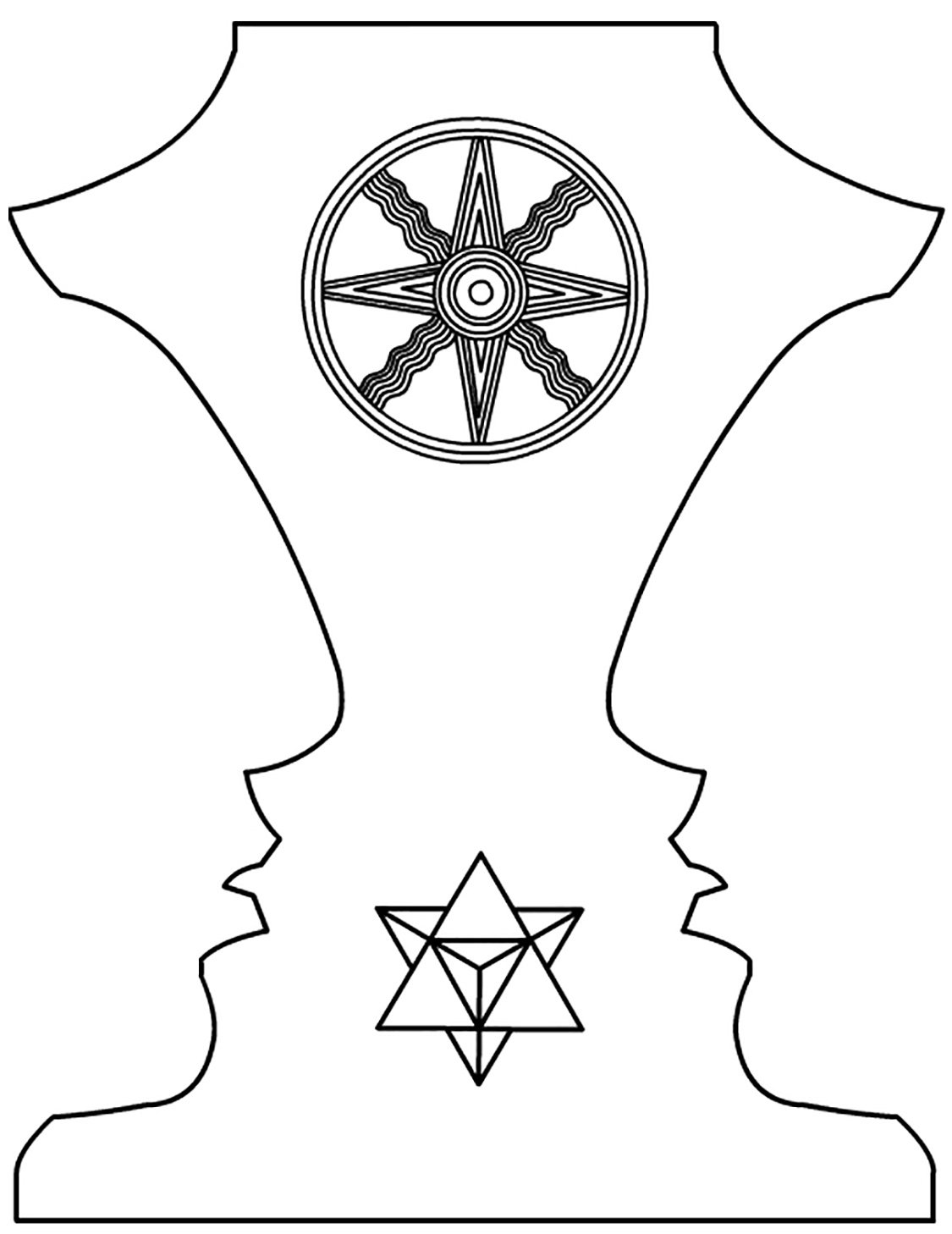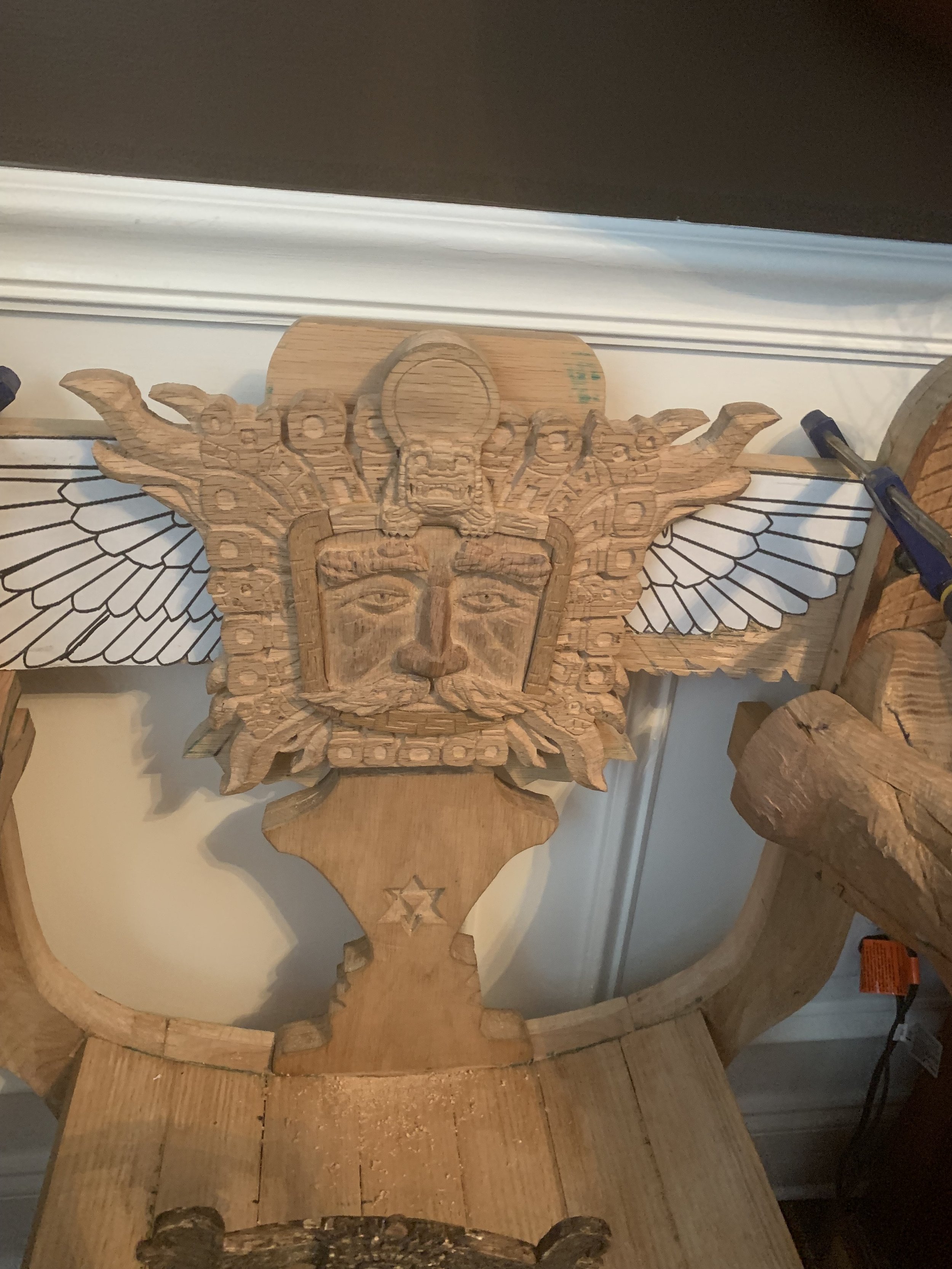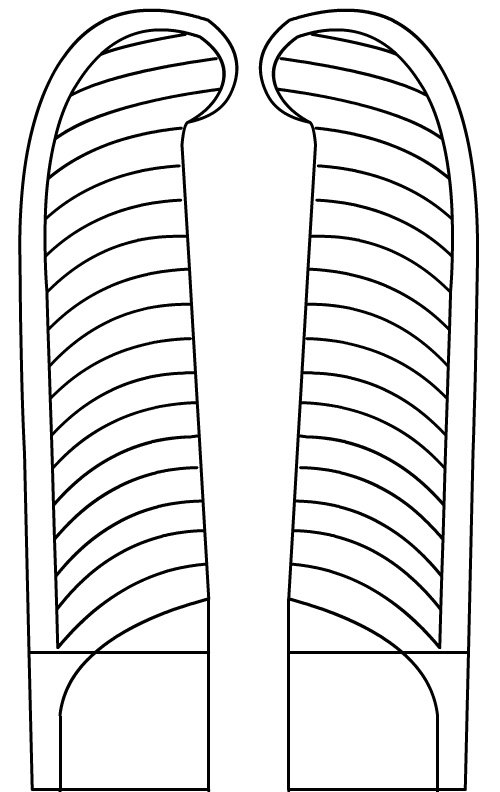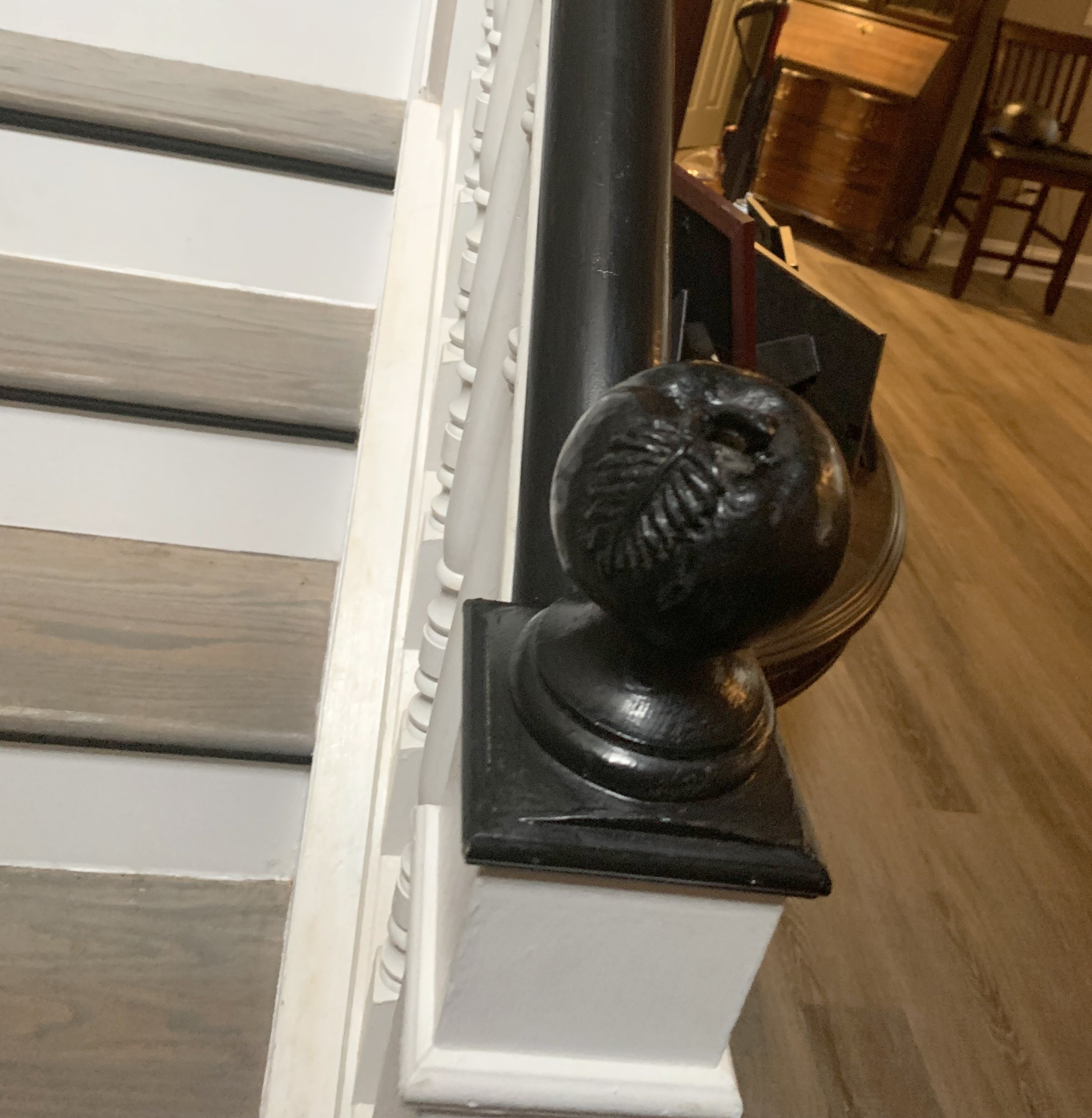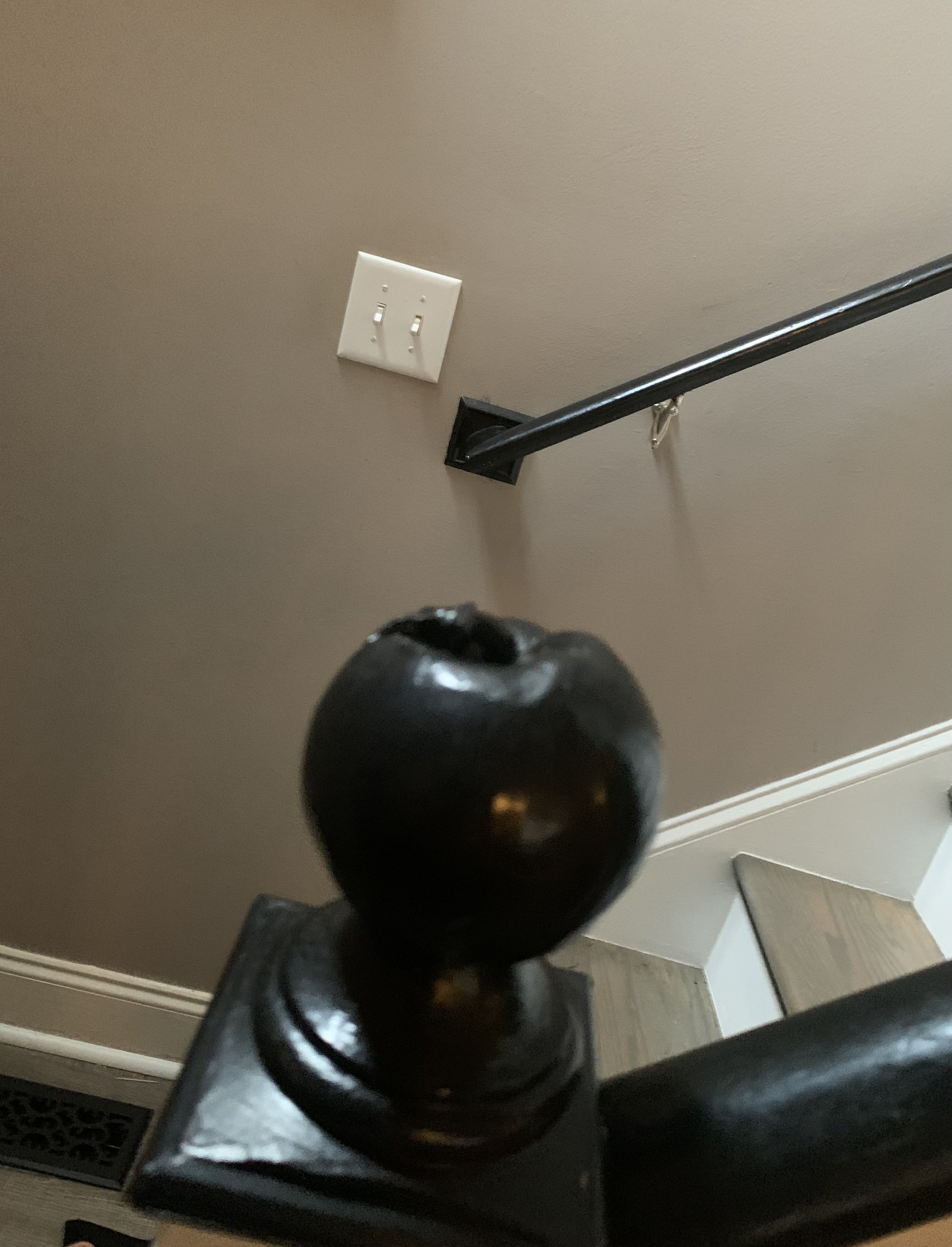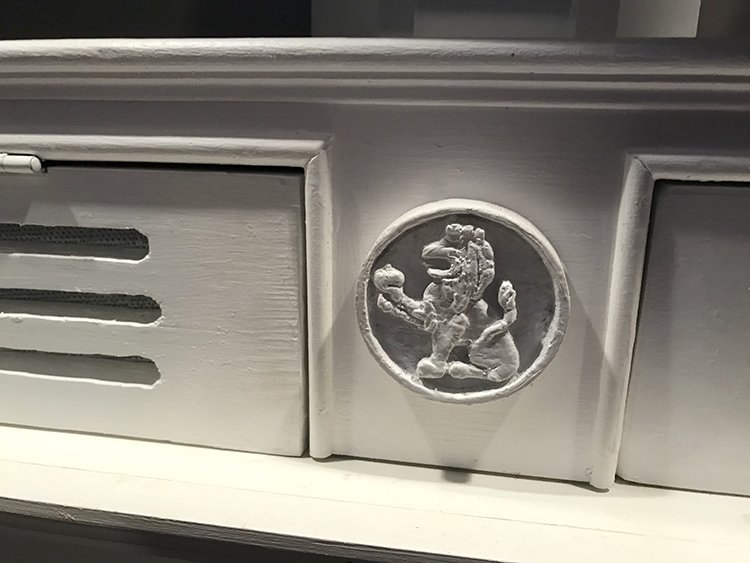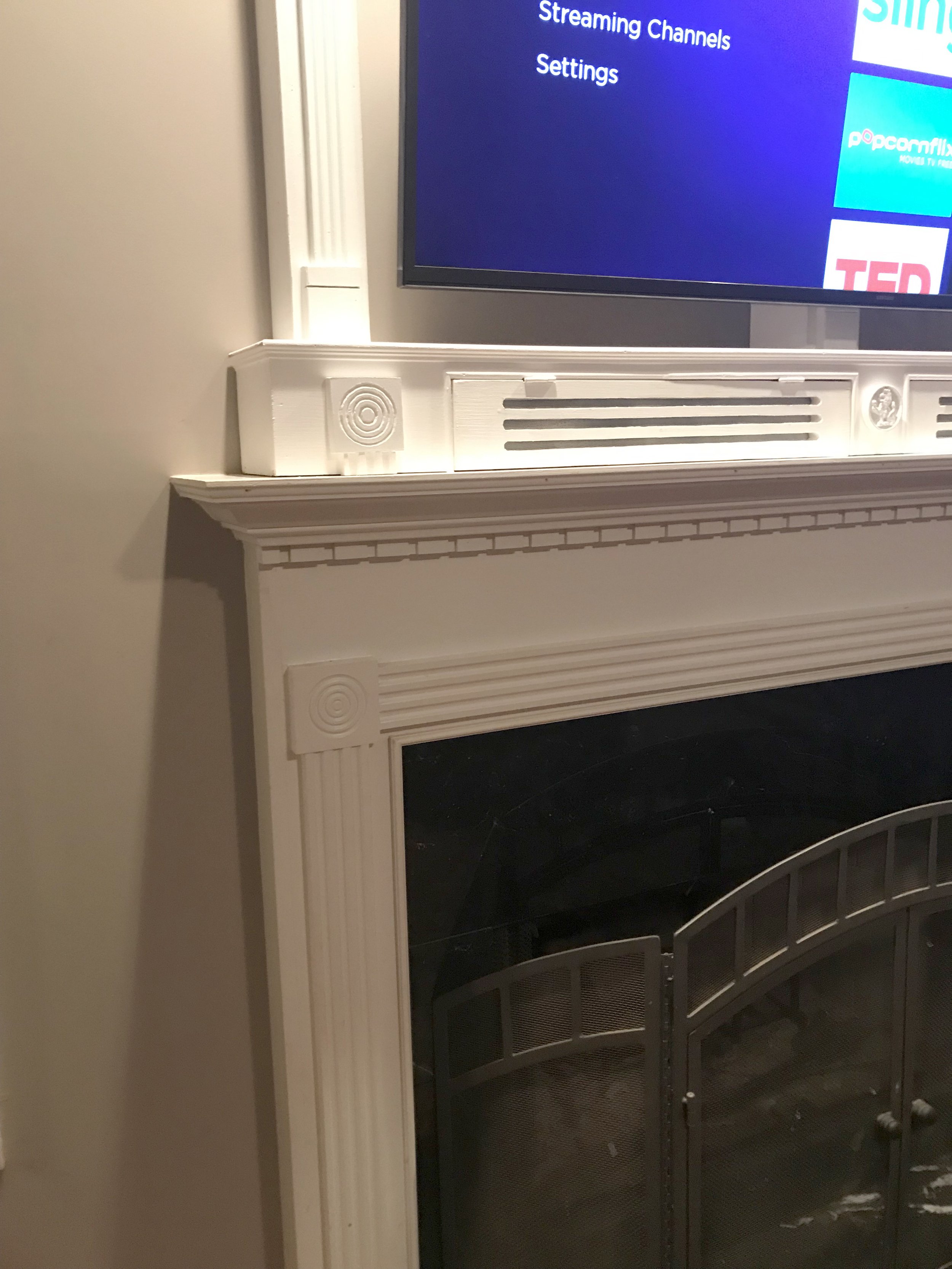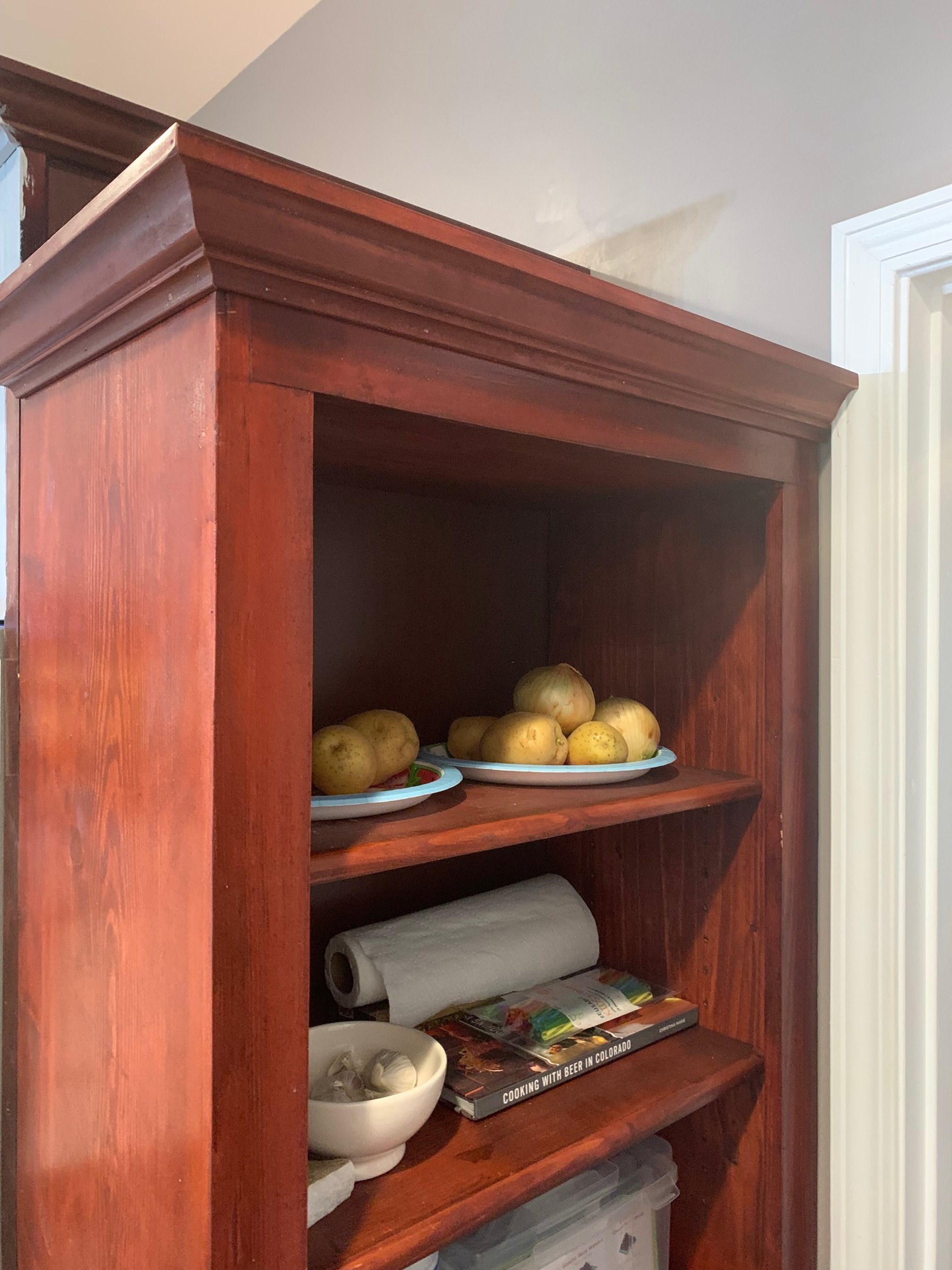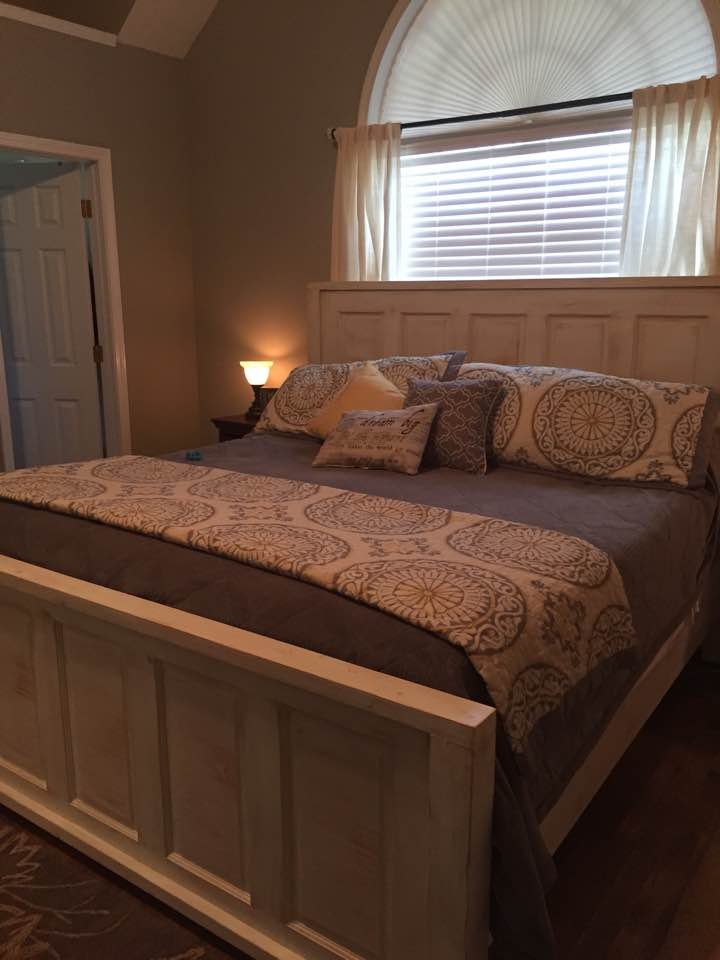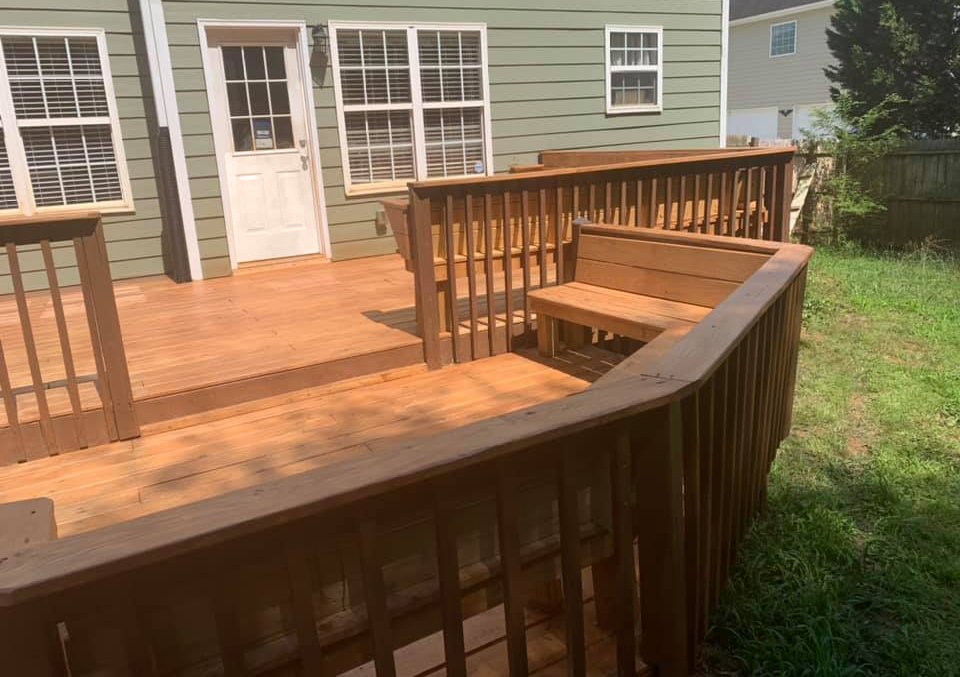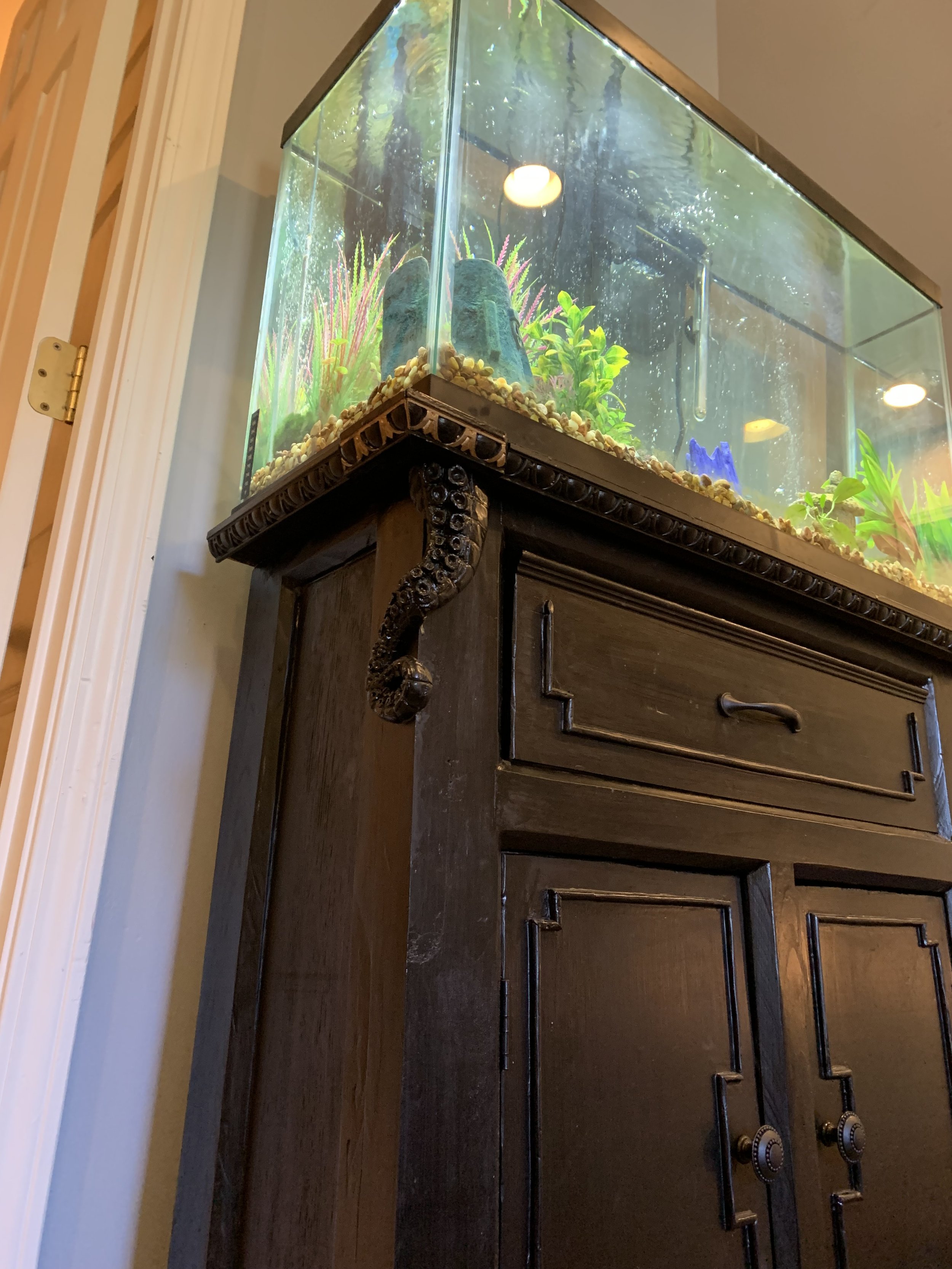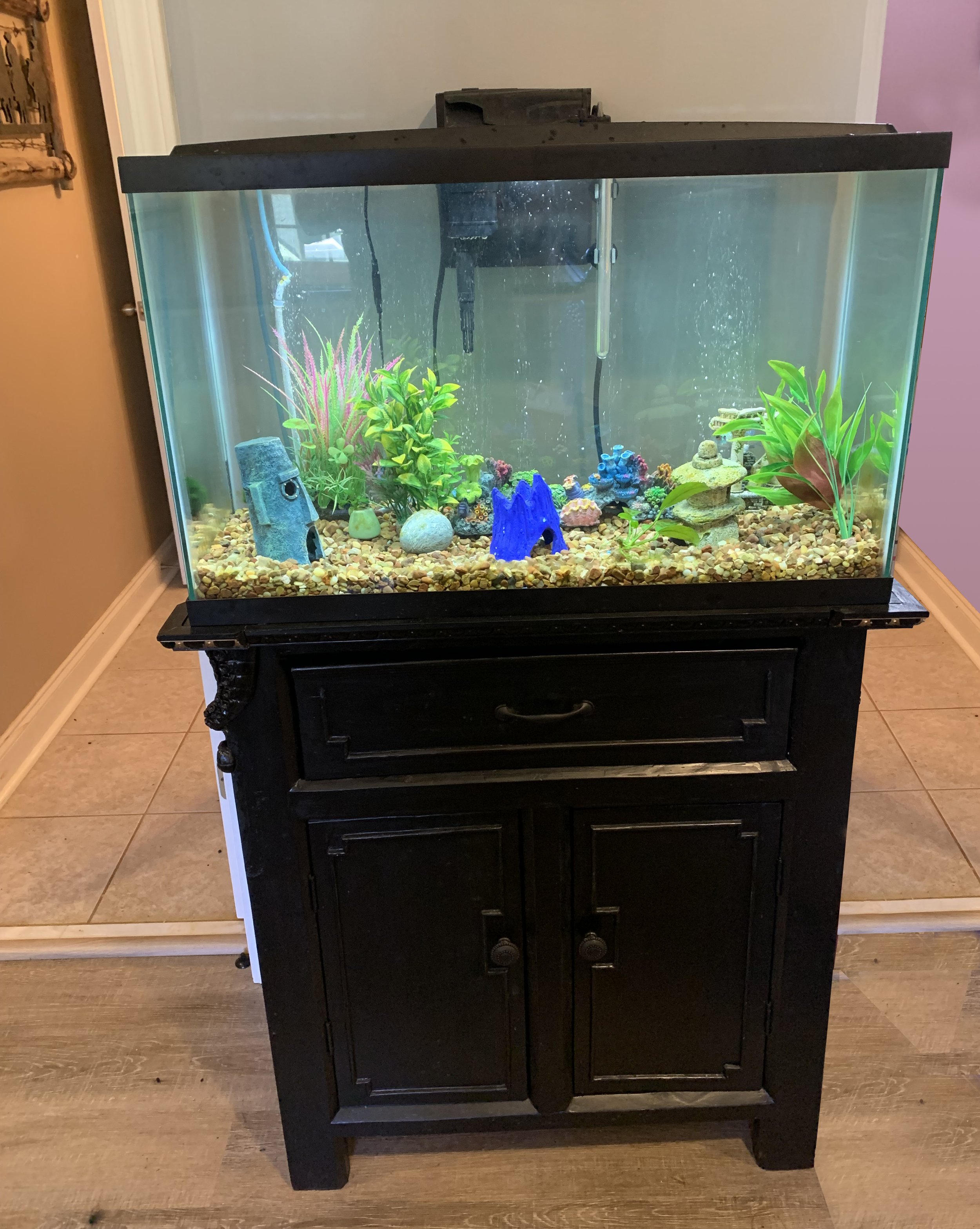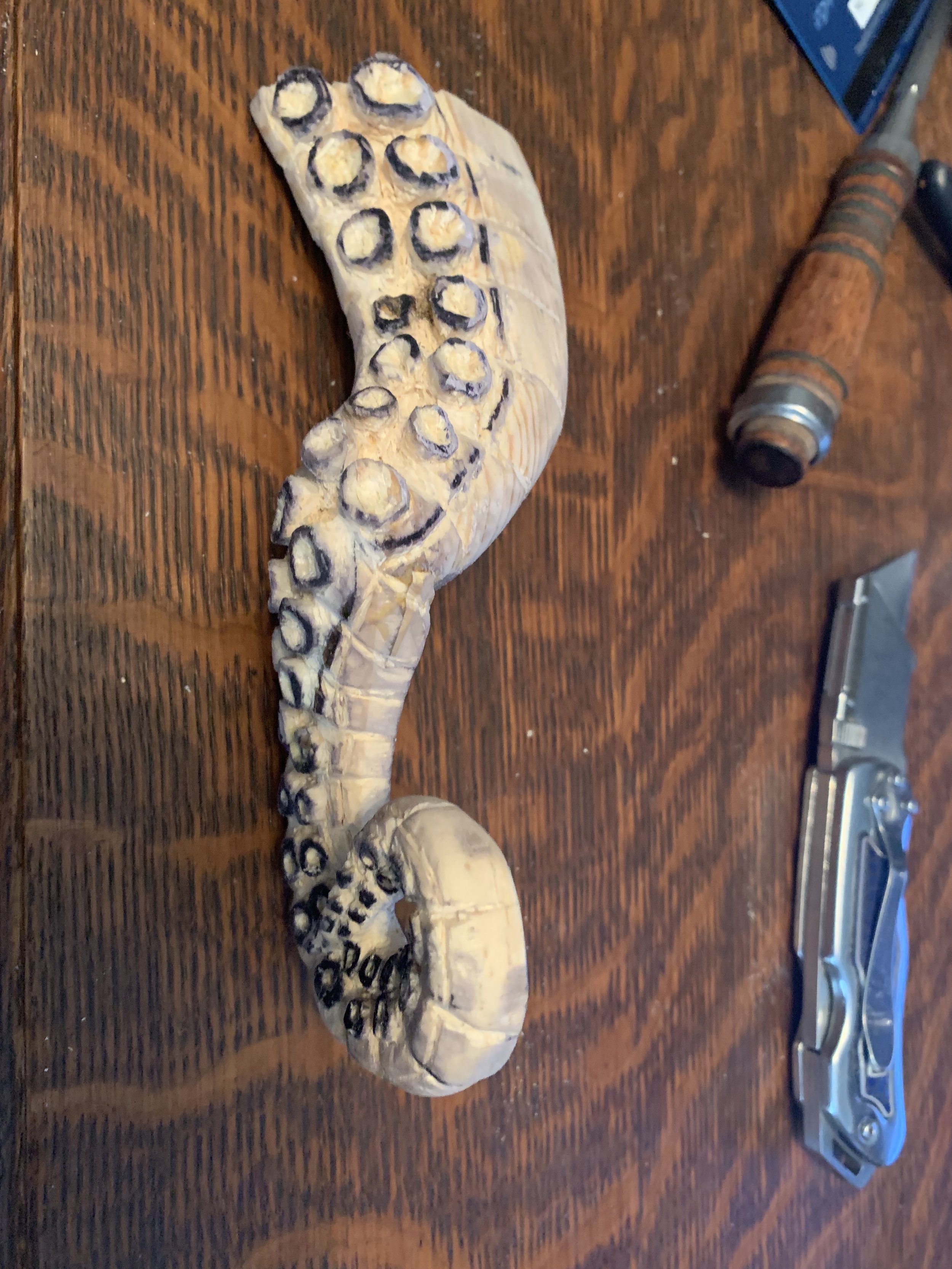…is another man’s treasure. Or so they say. I picked up this table used and in rough shape. I knew it was a classic design, possibly R.J. Horner, possibly even more rare. It had seen better days, for sure. But what I saw in it, was the potential to be restored to it’s previous greatness.
The table, I estimate is from the late 1800s and serves the style of the Victorian age so common to the Americas. The carvings were often modeled after those in Europe, but took on their own sense of regal and majestic opulence. The characters on the base of the table are an amalgamation of the common Lion theme, and of Pan, or a goat-like beast. it is truly a unique, and beautiful piece. When I bought it, the previous owner had plans to ‘paint’ it with chalk paint, but never had the time to do so. So she graciously decided to sell it, as her husband was getting irate that he had no room in his garage. Along with the base, the top and two leaves, she included eight beautiful Chippendale chairs. Truly a great deal for someone such as myself. My wife however, is still on the fence.



















